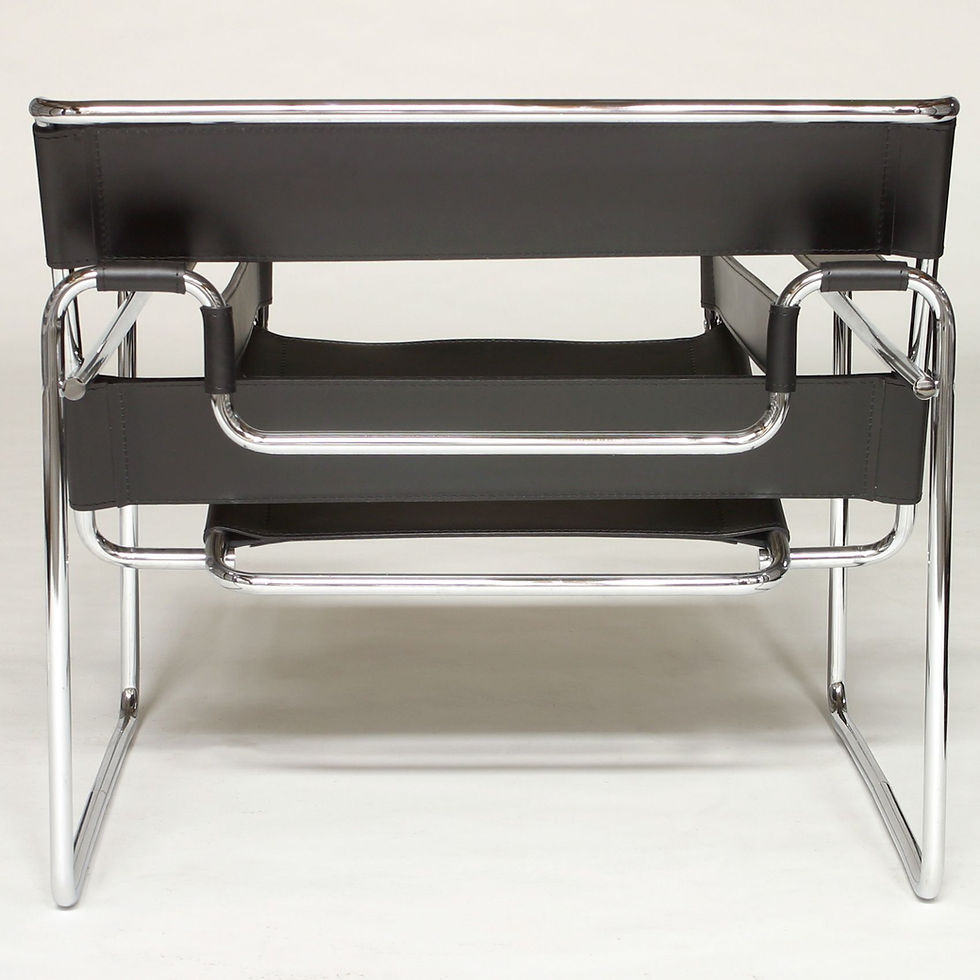Keine Produkte
WILLOW CHAIR
This Handmade Unique Piece is a Replica Inspired by the Orignal Design of
Charles Rennie Mackintosh

Chair frame in black lacquered ash. Storage drawer below the seat cushion. Removable cushion covered in cotton fabric, Verona leather or Liguria leather. MADE IN ITALY.
About the Product
Product Details



About the Material

Exclusive Aniline Leather
Natural leather has a unique appearance. Because every animal is different, each hide has its individual look. We use only full-grain aniline Italian leather. Some manufacturers will use inferior leathers that need to be sanded and textured in order to hide scars or marks. But with time this top grain leather will crack and show their original marks. read more






 |  |  |
|---|
The Product in Location
The Designer
Charles Rennie Mackintosh
Charles Rennie Mackintosh was born in Glasgow, Scotland in 1868. In 1884 he began an apprenticeship with John Hutchinson and began attending evening classes at the Glasgow School of Art. In 1889 he became an architectural assistant with Honeyman & Keppie. He also enrolled at the Glasgow School of Art. In 1890 he won a travelling scholarship and toured Italy before settling down into practice. While enrolled at the Glasgow School of Art, Mackintosh developed an artistic relationship with Margaret MacDonald, Frances Macdonald and Herbert McNair. Known as “The Four”, they exhibited posters, furnishings, and a variety of graphic designs in Glasgow, London, Vienna and Turin. These exhibitions helped establish Mackintosh’s reputation. With a design philosophy solidly rooted in Scottish tradition, Mackintosh disregarded the architecture of Greece and Rome as unsuitable for the climate or needs Scotland. He believed that a revival of the Scottish Baronial style, adapted to modern society would meet contemporary needs. His buildings clearly demonstrate this belief. Mackintosh created buildings notable for the elegance and clarity of their spatial concepts, the skillful exploitation of natural and artificial lighting, and skillful detailing. He felt that each design should work as a whole to which each carefully contrived detail contributes. In 1913 Mackintosh left the firm of Honeyman, Keppie & Mackintosh where he had been a partner since 1904. After unsuccessfully trying to establish his own practice, he dedicated his time to landscape painting. He returned to England in 1927 for treatment of cancer of the tongue. An outstanding architect, furniture designer, and painter, who pioneered the Modern Movement in Scotland, Mackintosh’s works exist as the greatest flowering of the British Arts & Crafts movement in either Scotland or England. Mackintosh died in London in 1928.

Iconic Design

Willow Chair
One of Mackintosh’s most impressive and unique designs, it was used in the centre of the two ground floor saloons at the Willow Tea Rooms, separating the white front saloon, from the darker back one. The geometric chequer-work of the curved back forms the stylised pattern of a willow tree and the lattice is made from a series of short horizontal insets between the continuous verticals slats. The chair was used by the tea room supervisor who took orders from the waitresses and passed them to the basement kitchen by dropping coloured balls, coded to each dish on the menu, down a tube to the kitchen below.

































